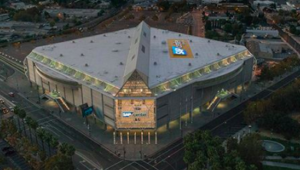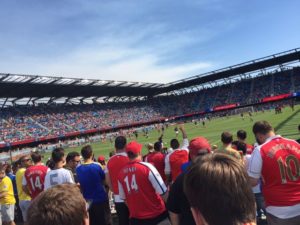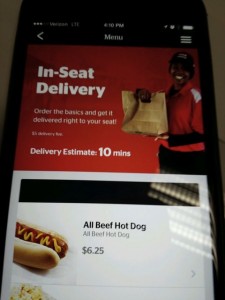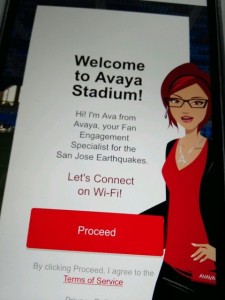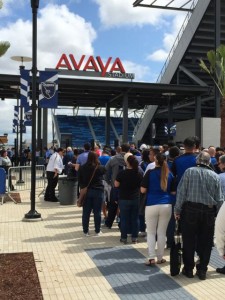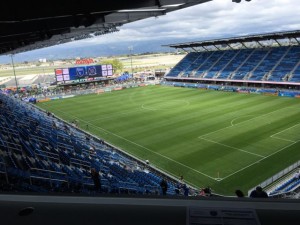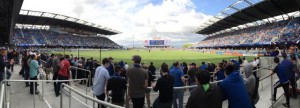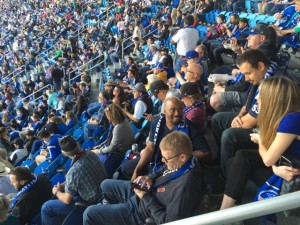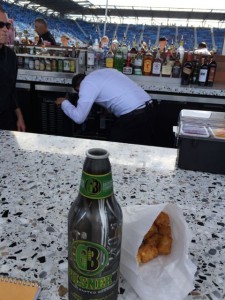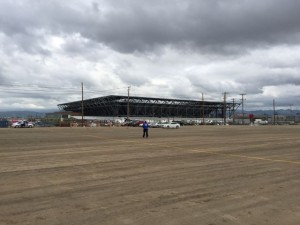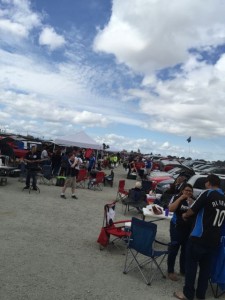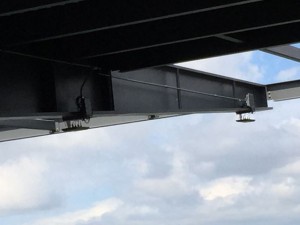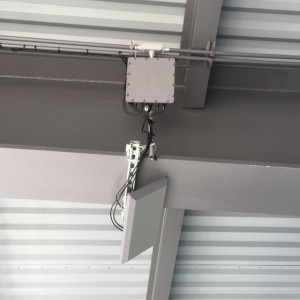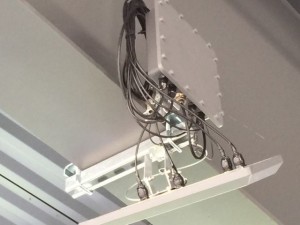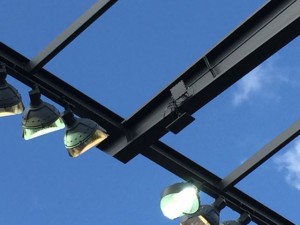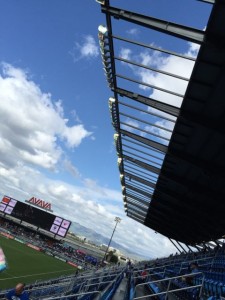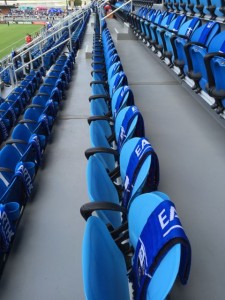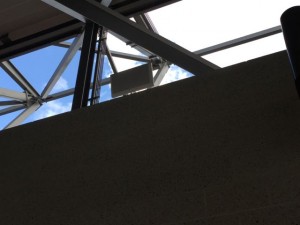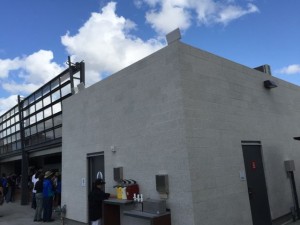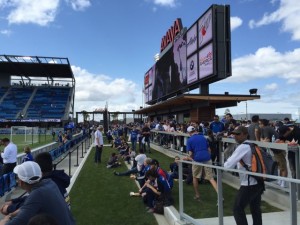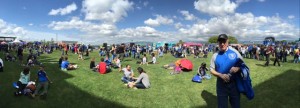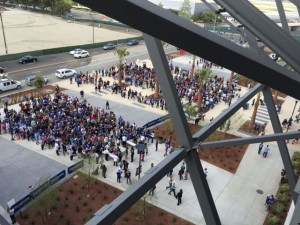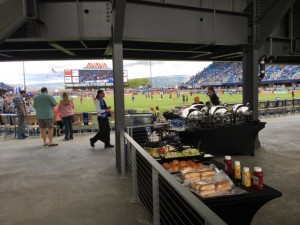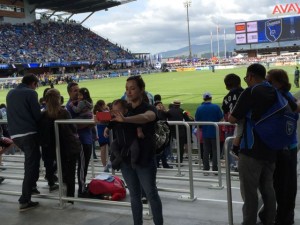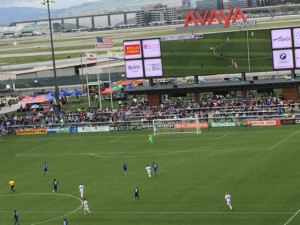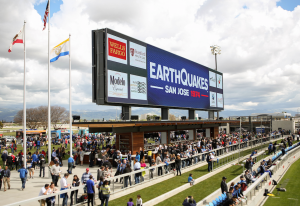UPDATE, 3/11/20: Sharks say upcoming games will be played without fans.
There’s no official word yet from the teams, but the San Jose Sharks and the San Jose Earthquakes could be among the first U.S. sports teams to have games take place without fans due to a ban on large events instituted by Santa Clara County in its efforts to fight the coronavirus.The ban, which takes effect Wednesday in the county at the south end of the San Francisco Bay, will ban gatherings of more than 1,000 people for three weeks to help prevent the spread of the disease. It follows Santa Clara County’s first reported death from coronavirus.
The NHL’s Sharks, who are scheduled to play at home at the SAP Center against the Montreal Canadiens on March 19, have two other games that could be affected, a game against Boston on March 21 and a game against Arizona on March 29. According to a page on the Sharks website that the team says will be constantly updated, the team made the following statement Monday night:
SAP Center at San Jose is aware of the County of Santa Clara’s Public Health Department order to prohibit public and private mass gatherings through the end of March. We will adhere to the mandated guidelines. No events are scheduled at SAP Center until Tues., March 17. We will be reviewing each scheduled event due to take place for the rest of the month and provide an update in the coming days. We appreciate the understanding and patience of our fans, guests and partners during this unprecedented time.
Major League Soccer’s Earthquakes, who have a home game at Earthquakes Stadium scheduled for March 21, have not yet posted any information regarding the event ban. Prior to last weekend’s home game, the Earthquakes did take precautionary measures to limit any chances of the disease spreading but still hosted a game against Minnesota.
The BNP Paribas Open tennis tournament was the first large U.S. sports event to be canceled due to coronavirus concerns. In Europe, soccer games have taken place in front of empty stands because of coronavirus concerns, a practice also employed by other countries hit hard by the disease.
UPDATE: The Earthquakes tweeted that there will be more information soon:
Earthquakes Statement on Recent County of Santa Clara Public Health Department Mandate. pic.twitter.com/BG7yh4AthS
— San Jose Earthquakes (@SJEarthquakes) March 10, 2020
